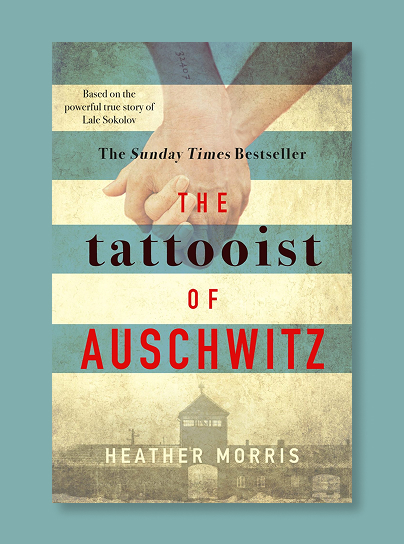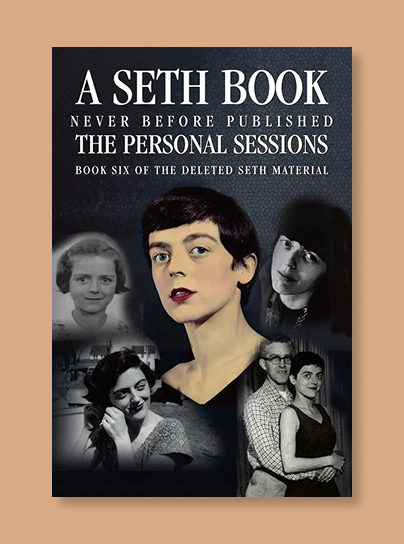
The Tattooist of Auschwitz
This is a story of one man’s willingness to do whatever it took to survive and live a good life beyond the experience of the concentration camps of World War II. It's also a love story.
'Ah yes. I was an academic in Paris and was to outspoken for my own good.’
‘What did you teach?’
‘Economics.’
‘And being a teacher of economics got you here? How?’
‘Well, Lale, a man who lectures on taxation and interest rates can’t help but get involved in the politics of his country. Politics will help you understand the world until you don’t understand it anymore, and then it will get you thrown into a prison camp. Politics and religion both.’
The story is woven by a woman who was working in a large, public hospital in Melbourne when she was introduced to a man “who might just have a story to tell”. It took three years of her listening to a very-old-man's ramblings to finally piece it all together and write the story that was eventually made into a play and then a novel and then a movie (starring Harvey Keitel!).
Ludwig Eisenberg was a Jewish young man living in Slovakia when he offered himself to the Nazis with the promise that his family would be spared. (His parents were taken just days after he left home and killed immediately upon entering Auschwitz, before Ludwig had even arrived there).
Ludwig, who went by Lale, spoke 7 languages fluently, was optimistic, charming, handsome, and made friends easily. Those qualities are what brought him to be the tattooer of Auschwitz, to survive the experience, and to live a good life afterwards.
Lale goes back to work. A little while later he hears the whistling start up behind him and the sound shoots such a shock of fear through his body that he slips and stabs the young woman he is tattooing. She cries out. Lale wipes the blood that trickles down her arm. Mengele steps closer.
’Something wrong, Tätowierer? You are the Tätowierer, are you not?’ Mengele asks.
His voice sends chills down Lale’s spine.
’Sir, I mean, yes, sir… I am the Tätowierer, Herr Doktor,’ Lale stammers.
Mengele, beside him now, stares him down, his eyes black as coal, devoid of compassion. A strange smile stretches across his face. Then he moves on.
I was well aware, as I was reading this, that it’s the story of a person who knew his story would be turned into some sort of historical record. It seems to be a curated selection of memories, carefully calibrated in their ratio of hardship to goodness.
Through his charm and good looks Lale was able to create connections that allowed him to collect precious jewels and gems from the women whose job it was to go through the belongings stripped from the people entering the camp. He would pass those along to the people who came into the camp from nearby villages to work in exchange for sausages, medicine, and chocolate. Lale was the go-to guy if you were starving or your friend needed typhoid medicine. He was also the person who tattooed almost everyone who entered the camps of Auschwitz or Birkenau.
This is the first novel of the woman Lale chose to write his story. She’s is not an exceptional writer, but I think where she shines is in the work she did putting together Lale’s various stories to form a single narrative for the reader or viewer to consume.
He looks up as a small plane flies low over the compound and begins to circle back. So low that Lale can identify the symbol of the United States Air Force.
A prisoner shouts out, ‘It’s the Americans! The Americans are here!’
Everyone looks up. A few people start jumping up and down, waving their arms in the air. Lale looks over at the towers surrounding the compound and notices the guards on full alert, training their rifles down into the compound where the men and women are making a commotion. Some of them are simply waving to get the attention of the pilot, many others are pointing towards the crematoria and screaming, ‘Drop the bombs. Drop the bombs!’
It’s a story of resilience, survival, and of Lale's love of a woman he meet in the camp named Gita. It’s remarkable, but it ultimately feels like a story told with a slant and written for mass consumption.



